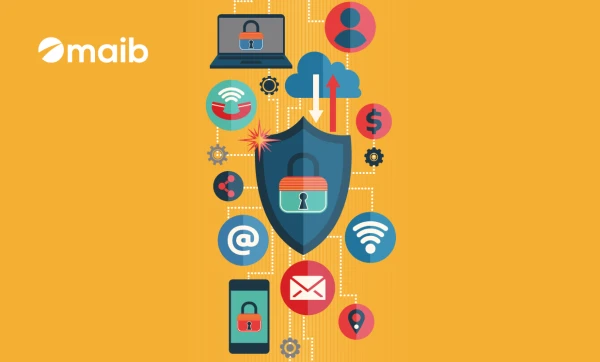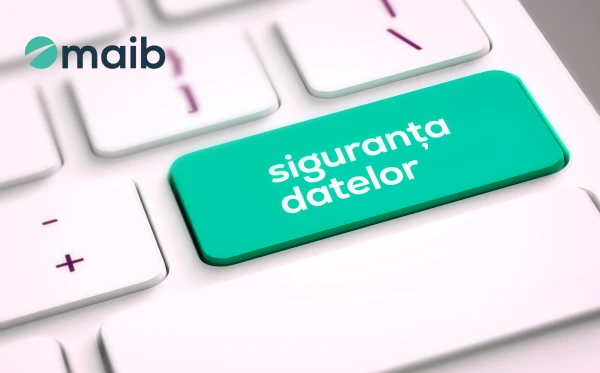The ability to manage money effectively and sustainably is more easily applied and developed throughout life when it is a skill formed in childhood through interactive and exciting methods. Here are five financial literacy games you can play with your family for educational and fun purposes. These games are also widely used in the family of Natalia Nașco Filimon, Head Cards at maib, so she recommends them confidently.
The interactive Venn Diagram game can be used to compare, for example, two payment methods: cash payment and card payment.
The two circles of the diagram show the differences between the payment methods, and the intersection of the circles indicates their similarities. In this way, the information the child perceives and the aspects that need further explanation are assessed in an interactive, cheerful and fun way.
Another captivating game that can be used as an educational tool is the famous Monopoly. Through it, the child will learn to think strategically and grasp concepts and notions such as mortgage, bankruptcy, tax, the bank's role and others.
The money game is a creative activity that will explain, for example, where the child's money "comes from" and where the money "goes". The game will also teach them how to set and achieve goals, allocate their budget, and observe the money cycle.
If you prefer digital options, an equally fun and useful game is Money Wise Game. The game aims to teach children how to manage a budget, make decisions and train their vigilance. The Money Wise Game is organised through interactive stories to spark your child's interest further.
Another popular game in the digital world for financial education is Timeflow - Time is Money. It is particularly noted for its tools for teaching time management, investment, and financial prioritisation.
More tips for financial literacy for children and young people in this articleSaving, from small to large. Effective saving tips for children and youth
What financial education games do you play at home, and would you recommend?


 maibank
maibank
 maib business app
maib business app
 online loans – legal entities
online loans – legal entities
 internet banking - individuals
internet banking - individuals
 new internet banking - maib business
new internet banking - maib business
 internet Banking - BankFlex
internet Banking - BankFlex




